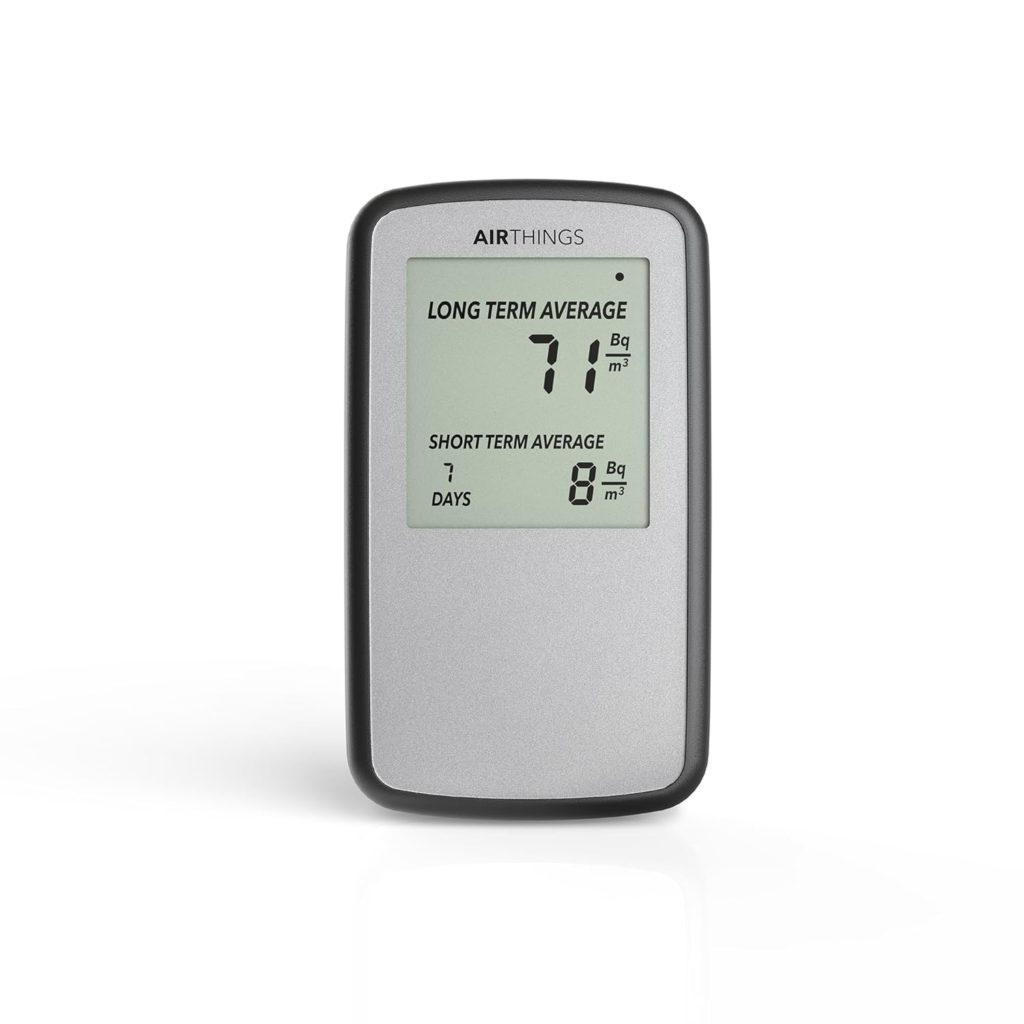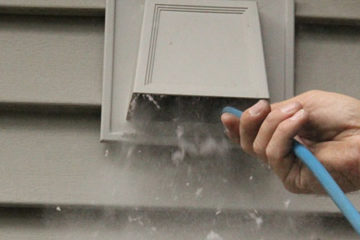Radon is an invisible, odourless, and tasteless radioactive gas that can seep into homes from the ground below. Despite its dangerous potential, there are many myths about radon that can mislead homeowners into a false sense of security. These misconceptions can prevent people from taking the necessary steps to protect their health and safety. In this comprehensive article, we will debunk the most common myths about radon and provide you with the truth, so you can take informed action to safeguard your home and family.
Myth 1: Radon Only Affects Older Homes
One of the most pervasive myths about radon is that it only impacts older homes. The belief is that cracks and gaps in older foundations allow radon to infiltrate, while newer homes are supposedly safe. However, this assumption is dangerously incorrect.
The Reality: Radon can infiltrate any home, regardless of age. It enters through the soil beneath the building and seeps in through cracks, gaps, and other openings in the foundation. Modern homes, which are often built to be more airtight and energy-efficient, can actually trap radon gas inside, leading to higher concentrations. This makes radon testing crucial for homes of all ages, sizes, and construction types.
Supporting Data: According to the U.S. Environmental Protection Agency (EPA), radon has been found in homes in every state, affecting both old and new constructions. A study conducted by the Canadian National Radon Proficiency Program found that many new homes tested had high radon levels, emphasizing the need for universal testing.
Further Insight: It’s also worth noting that new homes are often built on different types of soil, which can vary significantly in their radon potential. Additionally, the materials used in construction, such as concrete, can have radon trapped within them. Even homes built with radon-resistant features can still have elevated levels, making testing essential.
Myth 2: Radon Is Only a Problem in Certain Areas
Another common myth about radon is that it’s only a problem in specific regions, such as those with known high levels of uranium in the soil. Many homeowners believe that if they live outside these “high-risk” zones, they have nothing to worry about.
The Reality: Radon is present everywhere because it is produced from the natural breakdown of uranium in soil, rock, and water. It can affect homes in urban, suburban, and rural areas alike. The concentration of radon can vary dramatically from one home to the next, even in the same neighbourhood, due to differences in soil composition and house construction.
Supporting Data: The EPA and Health Canada have identified “radon zones” to help guide testing priorities, but they both emphasize that these maps are not predictors of radon levels in individual homes. For example, two adjacent homes in a “low-risk” zone can have vastly different radon levels, with one being safe and the other posing a significant health risk.
Further Insight: The only way to know if your home has a radon problem is to test it. Radon can travel through groundwater and enter homes through well water, so homes that are not in traditionally high-risk areas can still have elevated radon levels due to this factor.
Myth 3: Only Basements Need to Be Tested for Radon
A widespread myth about radon is that it only accumulates in basements, so many people believe that testing other areas of the home is unnecessary. This misconception can lead to undetected radon exposure in living spaces where families spend the most time.
The Reality: While it’s true that radon levels tend to be highest in basements and crawl spaces because they are closest to the ground, radon can and does move throughout the entire house. It can penetrate any part of the home, especially those areas that are in contact with the ground, such as slab-on-grade foundations and first-floor living areas. Therefore, it is important to test on the lowest level of the home that is used regularly, whether that’s a basement, the first floor, or even higher levels.
Supporting Data: Studies have shown that radon levels can be significantly elevated in upper floors, especially in homes with poor ventilation. A well-sealed home may have radon levels that are more evenly distributed throughout, making testing on each level important.
Further Insight: Radon can also enter homes through well water, affecting kitchens, bathrooms, and laundry rooms where water is used frequently. In these cases, even homes without basements can have high radon levels in areas where water is used.
Myth 4: Radon Testing Is Complicated and Expensive
Another misconception is that radon testing is a complicated, time-consuming, and costly process. This belief can prevent homeowners from testing, leaving them unaware of potential radon exposure.
The Reality: Radon testing is simple, quick, and affordable. You can purchase a do-it-yourself radon test kit for as little as $15 to $30 from most hardware stores or online. These kits include clear instructions and usually take less than a week to complete. For those who prefer a professional approach, professional radon testing services are available and typically cost between $100 and $200. The peace of mind that comes from knowing your home’s radon levels is well worth the small investment.
Supporting Data: The effectiveness and accuracy of home radon test kits have been well-documented, and many local health departments offer free or discounted kits to residents. The testing process is straightforward: you simply place the device in your home for a designated period, then mail it to a lab for analysis. Results are usually available within a few days.
Actionable Advice: Don’t let misconceptions about cost or complexity prevent you from testing your home. Purchase a test kit online or contact a professional radon tester to evaluate your home. The process is easy, affordable, and could potentially save lives.
Myth 5: Fixing a Radon Problem Is Too Expensive and Invasive – Myths about Radon
When homeowners discover elevated radon levels, they may believe that mitigation is too costly or will require significant modifications to their homes. This myth about radon can discourage people from taking action to reduce their exposure.
The Reality: Radon mitigation is neither prohibitively expensive nor highly invasive. In most cases, a mitigation system costs between $800 and $1,500, depending on the size and design of the home. These systems use techniques like sub-slab depressurization, which involves venting radon from beneath the home’s foundation before it can enter the living space. The installation process is typically completed in just a few hours, and the system operates quietly and efficiently to maintain safe radon levels.
Supporting Data: The EPA and Health Canada have both stated that properly installed mitigation systems can reduce radon levels by up to 99%. For a relatively modest investment, homeowners can drastically reduce their risk of radon exposure and improve indoor air quality. Moreover, homes with radon mitigation systems often have higher resale value, as buyers appreciate the peace of mind that comes with a radon-free home.
Actionable Advice: If you discover elevated radon levels in your home, don’t hesitate to invest in a mitigation system. Contact a certified radon mitigation professional to discuss your options and find a solution that fits your budget. Remember, the cost of mitigation is small compared to the potential health risks associated with long-term radon exposure.
Additional Myths About Radon
While the five myths above are the most common, there are other misconceptions worth addressing:
Myth 6: Radon Is Only a Concern in the Winter
Some people believe that radon is only a problem during the winter months when homes are closed up and ventilation is reduced. This leads to the misconception that testing is unnecessary during other times of the year.
The Reality: While radon levels can be higher in winter, the gas is present year-round. Testing in different seasons can provide a more accurate picture of radon levels, but any elevated level should be addressed immediately, regardless of the time of year.
Myth 7: Radon Isn’t a Big Deal Compared to Other Home Hazards
Some homeowners prioritize other home safety concerns like fire alarms and carbon monoxide detectors, downplaying the importance of radon testing.
The Reality: Radon exposure is the leading cause of lung cancer among non-smokers, claiming thousands of lives each year. It’s a silent threat that can be just as dangerous as any other home hazard, if not more so.
Dispelling these myths about radon is essential to ensure that homeowners take the necessary steps to protect their health and their homes. Radon testing is easy, affordable, and crucial, no matter where you live or how old your home is. If elevated levels are found, mitigation is straightforward and effective.
Call to Action – Myths about Radon
Don’t let myths about radon prevent you from ensuring the safety of your home. Purchase a radon test kit today or schedule a professional radon test to know your home’s radon levels. If elevated radon is detected, take action immediately to install a mitigation system. Share this article to help others understand the truths behind these myths about radon and encourage them to protect their homes and families. Remember, knowledge is power, and being informed is the first step towards a safer home.





